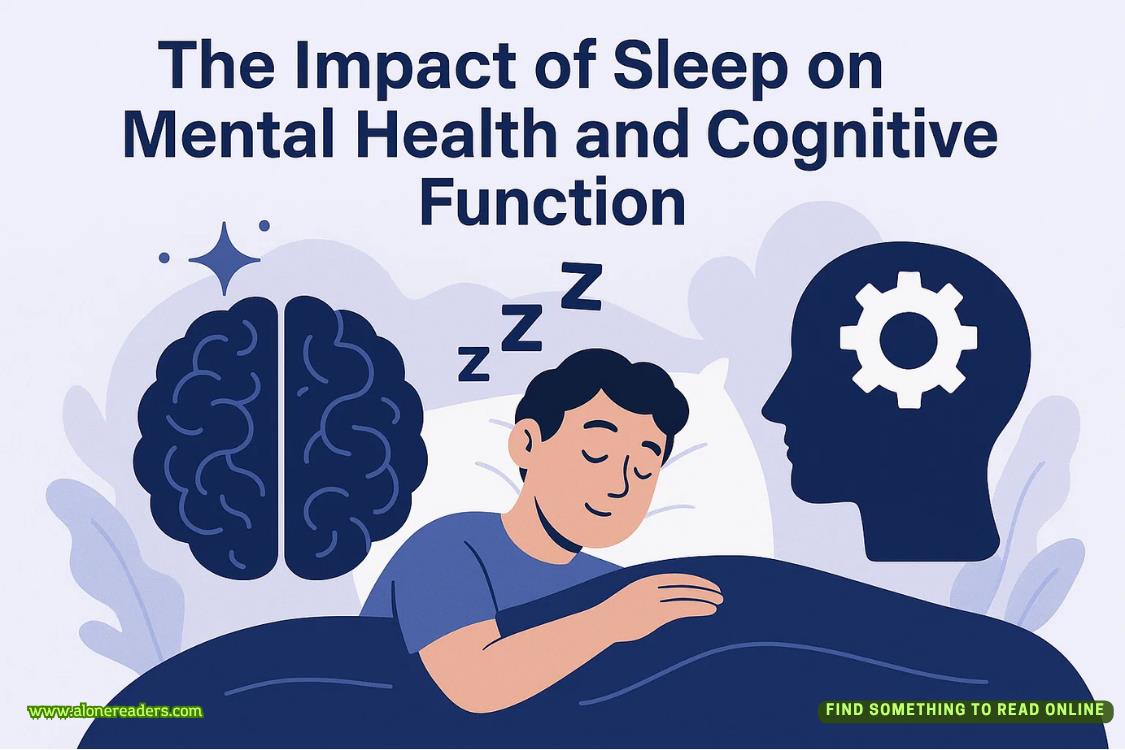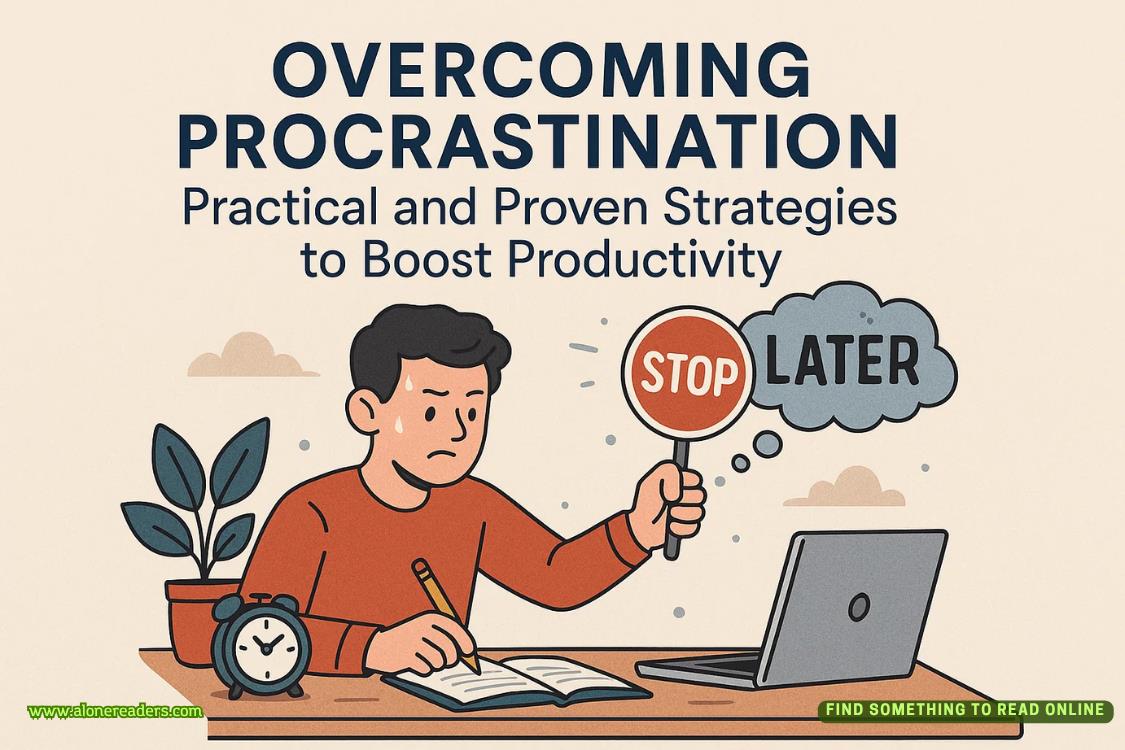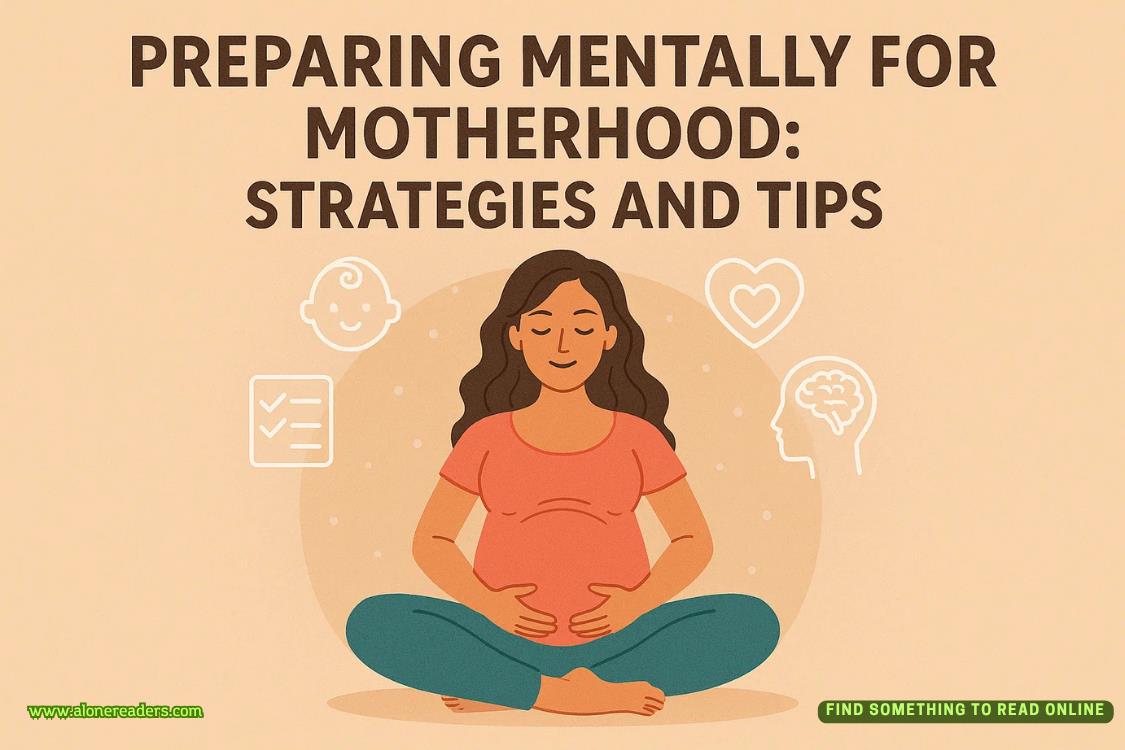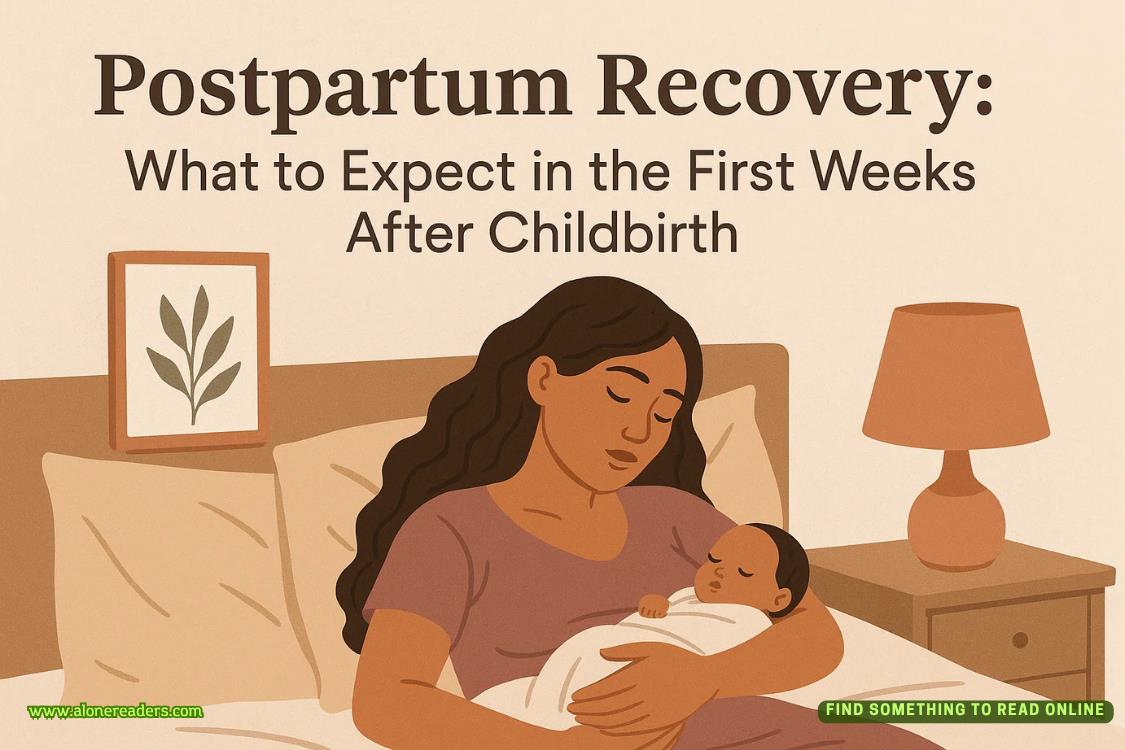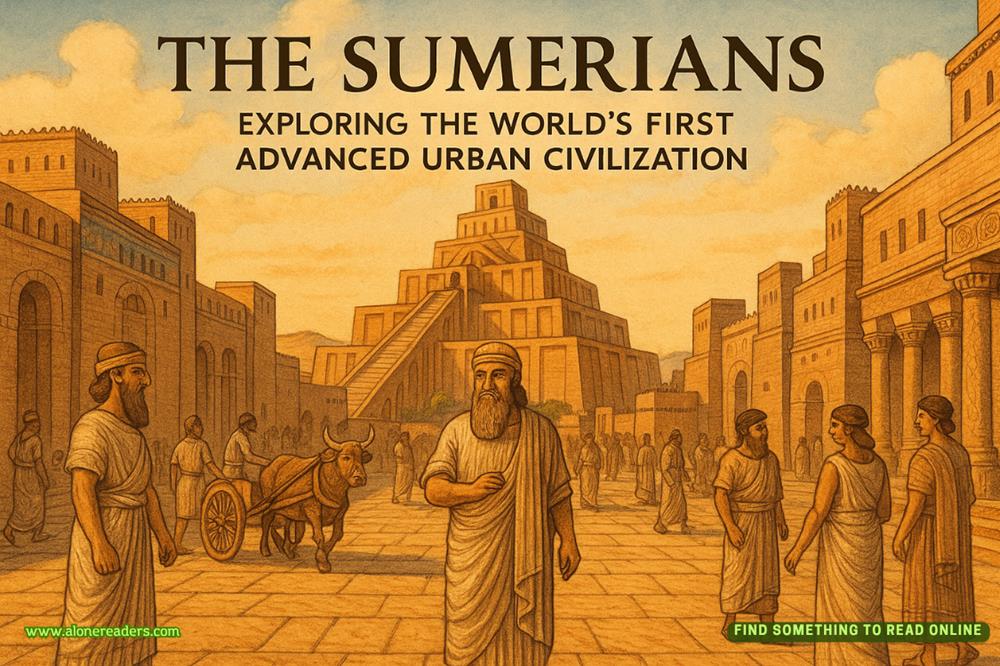Page 56 of A Death in Cornwall
“The man at the other end of the line. Never mind who he is.”
“Put the offer to him. I’ll wait to hear from you.”
The Swiss dealer waited until five thirty the following afternoon to ring Lovegrove with the response. “The owner still wants all four paintings, but I think he might do it for the Modigliani, the Van Gogh, and the Cézanne.”
“Why wouldn’t he? It’s the deal of a lifetime.”
“Is that a yes, Monsieur Lovegrove?”
He indicated, grudgingly, that it was. By ten o’clock the next morning they had an agreement in principle.
“That leaves the Monet, the Renoir, and the Toulouse-Lautrec,” said Ricard. “How does Madame Rolfe wish to spend the balance of her so-called gift card?”
“The Pollock.”
“Done.”
Lovegrove immediately rang Gabriel with the news. “We have a deal, Allon.”
“Yes, I know.”
“How?”
Gabriel rang off without answering. Lovegrove, after having a celebratory martini with Sarah Bancroft at Wiltons, walked over to Regent Street and bought himself a new phone.
23
Venice–Geneva
Ricard required seventy-two hours to draw up the sales agreement, hardly unusual for a transaction involving nearly a billion dollars’ worth of art. He suggested they meet again at the Freeport the following Thursday at 4:00 p.m. to sign the documents and exchange the eight paintings. Lovegrove insisted the deal was contingent on a final authentication of the Picasso and the Pollock, as both artists were among the world’s most frequently forged. Ricard saw nothing unusual in the request.
“When would your connoisseur like to see the paintings?”
“Thursday afternoon would be fine. He won’t require more than a few minutes to make a determination.”
“One of those, is he?”
“You might say that.”
Lovegrove’s connoisseur, whom he did not identify, passed those three days in Venice. He went to the church of Santa Maria degli Angeli in Murano each morning, avoiding a certain bar on the Fondamente Nove, and busied himself with the lesser paintings adorning the nave. On Tuesday he took delivery of an art carrying case—one large enough to transport a painting measuring 94 by 66 centimeters—and on Wednesday he accompanied his son to his math lesson at the university. That evening he sat at the kitchen counter drinking Brunello while his wife prepared dinner.
The BBC’s Six O’Clock News issued from the Bluetooth speaker. Prime Minister Hillary Edwards, facing a rebellion within her Cabinet, had announced her resignation as leader of the Conservative Party. She would remain a caretaker prime minister until a new leader had been chosen. The Party’s powerful 1922 Committee, hoping to avoid a protracted succession fight, had put in place rules that would limit the field of candidates to just three.
“Who are we rooting for?” asked Chiara.
“Someone who can stabilize the country and get the economy back on its feet.”
“Is that Hugh Graves?”
“His colleagues appear to think so.”
“He seems rather fond of you.”
“Unlike your boyfriend from Bar Cupido,” remarked Gabriel.
“I guess you’re not hungry tonight.” Chiara muted the newscast and changed the topic of conversation to Gabriel’s impending trip to Geneva. “You don’t really think he’s going to let you walk out of the Freeport with the Picasso, do you?”
“Gennaro?”
